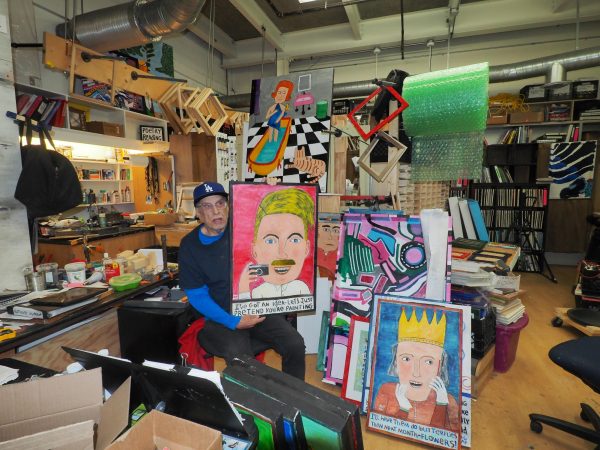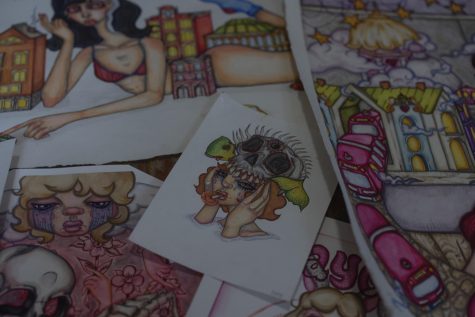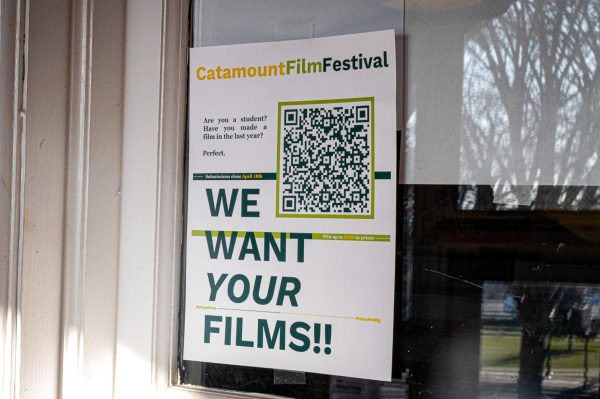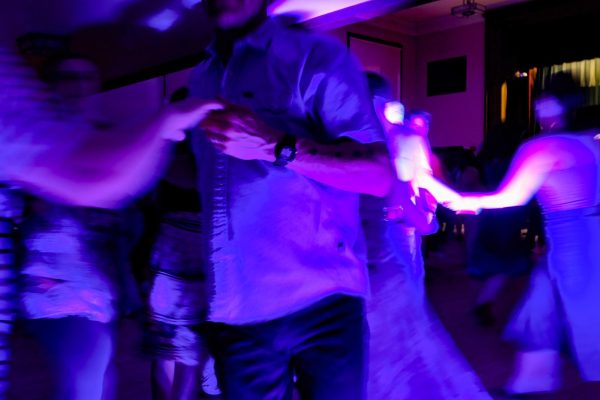Local artist looks for extraordinary in the ordinary
One Vermont artist aspires to live in a space with walls full of bulletin boards, so if he has an idea or vision, he can note it down and won’t have to worry about it escaping his mind.
This artist, Robert Gold, is a former dentist and teacher of dentistry at Harvard University.
Gold garnered attention from the art community in Vermont for his impressionistic, digitally-printed photographs that include vibrant splashes of color from paint and pen.
His involvement in a car accident 17 years ago left him bedridden and unable to read or write for the following six months.
Due to his brain injuries, Gold often goes off on tangents when he talks with no logical conclusion to his words, and still occasionally struggles with reading comprehension and writing, he said.
Gold came to live in Vermont less than a decade after the accident because the state provided resources to help him better recover, he said.
Since then, his view of his surroundings changed remarkably in terms of color and concept, he said.
For much of his artistic life before the accident, Gold said he worked with muted, charcoal colors.
“[The colors create portraits of] the downtrodden of society, like people in [the] Bowery neighborhood of Manhattan,” he said.
After a long career both in the dental field and then as a teacher, things shifted, he said.
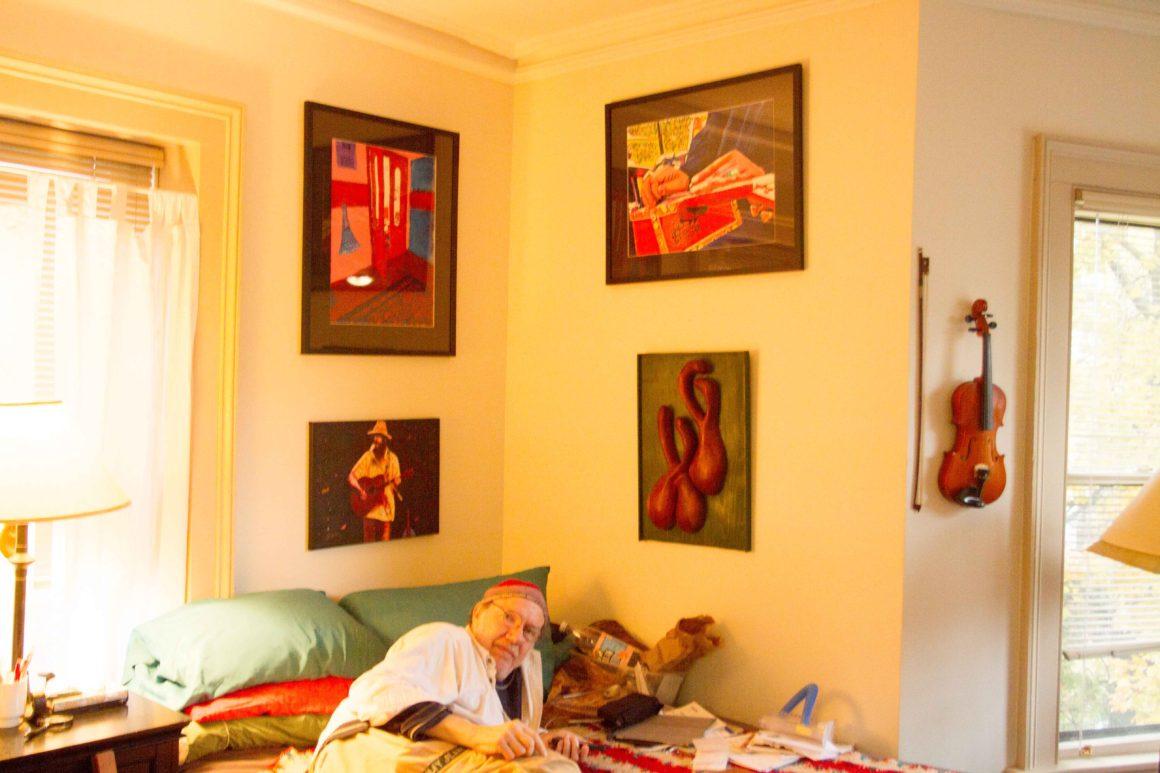 He was given a new and unique mindset toward the world and his art after his brain injury, despite his major setbacks, he said.
He was given a new and unique mindset toward the world and his art after his brain injury, despite his major setbacks, he said.
“[The brain injury] let me see the color, compassion and beauty in my immediate surroundings…as opposed to black and white…I used to think that I had to travel the world to find beauty, but now it is different,” Gold said. “I had more freedom as an artist… There are no rules for me anymore.”
He found himself listening to the Dalai Lama while bedridden after the accident, he said. Buddhism, and its tenants of promoting mindful living, helped him recreate himself.
“I used to be egocentric before, and I used to never pay attention to what people [were] saying to me,” Gold said. “Now, I try to be compassionate toward my surroundings and always listen to what’s going in front of me.”
For Gold, painting, printing and sketching form a meditative process.
Around the time he first came to live in Vermont, Gold said he bought a refurbished Macintosh computer and an attached printer.
He had trouble reading the instructions to the printer, and ended up accidentally printing out the photos he took with unnaturally vibrant filter colors, he said.
This was the beginning of Gold’s distinctive style, altered digital images that capture “the extraordinary within the ordinary.”
“Technology does so much good for making art, yet artists themselves have trouble admitting it,” he said.
Gold aspires to have an exhibition of his work in every state in New England, he said.
If Gold makes enough money from his prints, he plans to donate to the cause of the neurologically disabled elderly, he said.
“It’s amazing that despite the challenges he’s faced, he’s been able to create this,” sophomore Will Robbins said.
Gold’s work is currently on display at the Vermont Arts Council in Montpelier, an organization that supports and preserves the art of Vermonters, according to VAC’s website.
He also has a retrospective exhibition comparing his art before and after his accident. It is at the Innovation Center in Burlington, on 128 Lakeside Avenue. The show runs indefinitely.
Healy Fallon has been writing for the Cynic since the fall of 2016. When not writing for the Cynic, Healy is probably listening to Kate Bush in the woods,...



